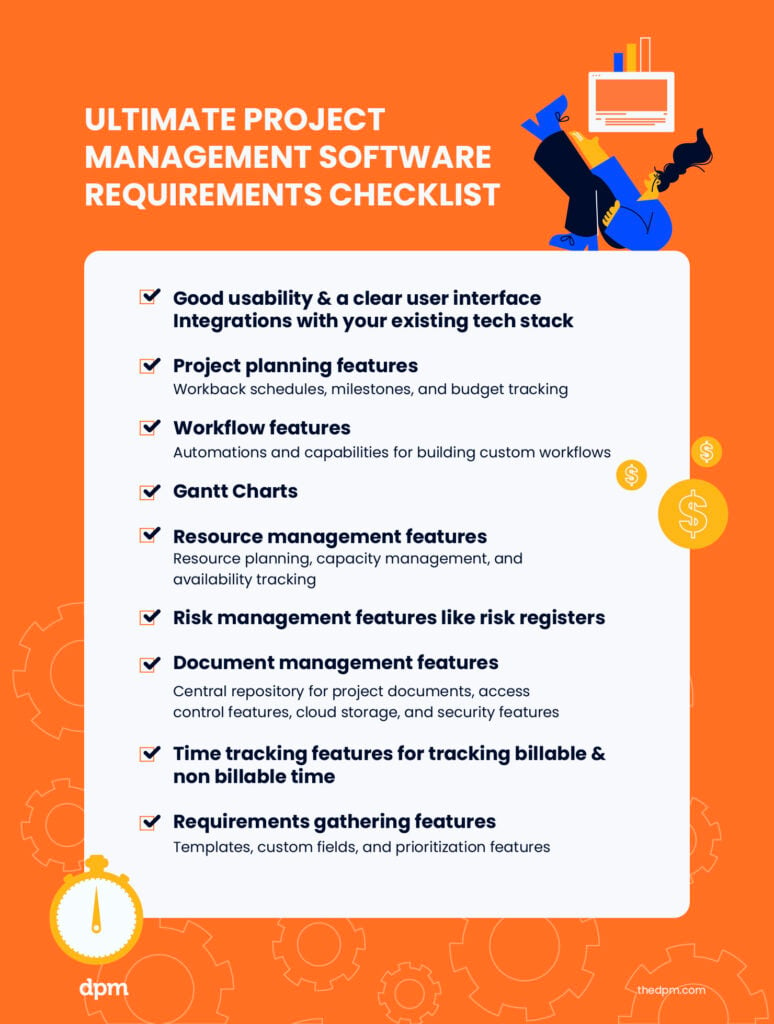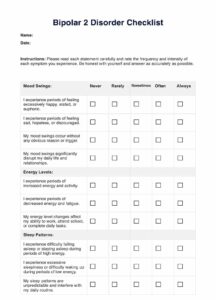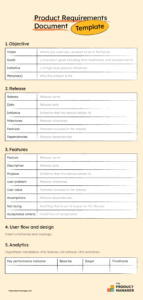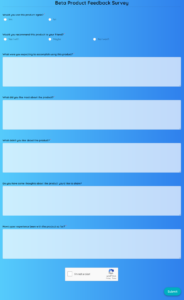A software requirements checklist template ensures that all the necessary information is gathered to create a successful software product. It also helps to ensure that the software meets the needs of the users and stakeholders. It’s essential to have a checklist in place before beginning any software development project. Without a checklist, it’s easy to overlook important requirements, leading to costly mistakes down the road.
There are many different software requirements checklist templates available online. However, choosing one that is appropriate for your project is essential. Some factors to consider when choosing a template include the size and complexity of your project, the number of stakeholders involved, and the industry-specific regulations that must be met.

What to Include in a Software Requirements Checklist Template
A comprehensive software requirements checklist template should include the following sections:
- Functional Requirements:
- Non-Functional Requirements:
- User Interface Requirements:
- Data Requirements:
- Integration Requirements:
- Testing Requirements:
- Deployment Requirements:
- Maintenance Requirements:
Describe the specific tasks that the software must perform.
Outline the software’s performance, reliability, security, and usability.
Specify the look and feel of the software’s user interface.
Identify the types of data that the software will use and how it will be stored.
Describe how the software will integrate with other systems.
Outline the tests that will be performed to ensure that the software meets the requirements.
Describe how the software will be deployed and installed.
Outline the ongoing maintenance and support requirements for the software.
Benefits of Using a Software Requirements Checklist Template
Using a software requirements checklist template offers numerous benefits, including:
- Improved Communication:
- Reduced Risk:
- Increased Efficiency:
- Improved Quality:
- Enhanced Traceability:
A checklist helps to ensure that all stakeholders are on the same page regarding the software’s requirements.
A checklist helps to identify potential risks early in the development process, allowing you to take steps to mitigate them.
A checklist can help you to streamline the requirements gathering process, saving you time and money.
A checklist helps to ensure that the software meets the needs of the users and stakeholders, resulting in a higher quality product.
A checklist can help you to track the requirements throughout the development process, ensuring that they are met.
Conclusion
A software requirements checklist template is an essential tool for any software development project. By using a checklist, you can improve communication, reduce risk, increase efficiency, improve quality, and enhance traceability. Choosing the appropriate template for your project is essential. With careful planning and execution, you can ensure that your software development project is a success.
Remember, a software requirements checklist template is just a tool. The most important thing is to understand the requirements of your project and to use the checklist to help you gather the necessary information. By taking the time to create a comprehensive checklist, you can set your project up for success.



